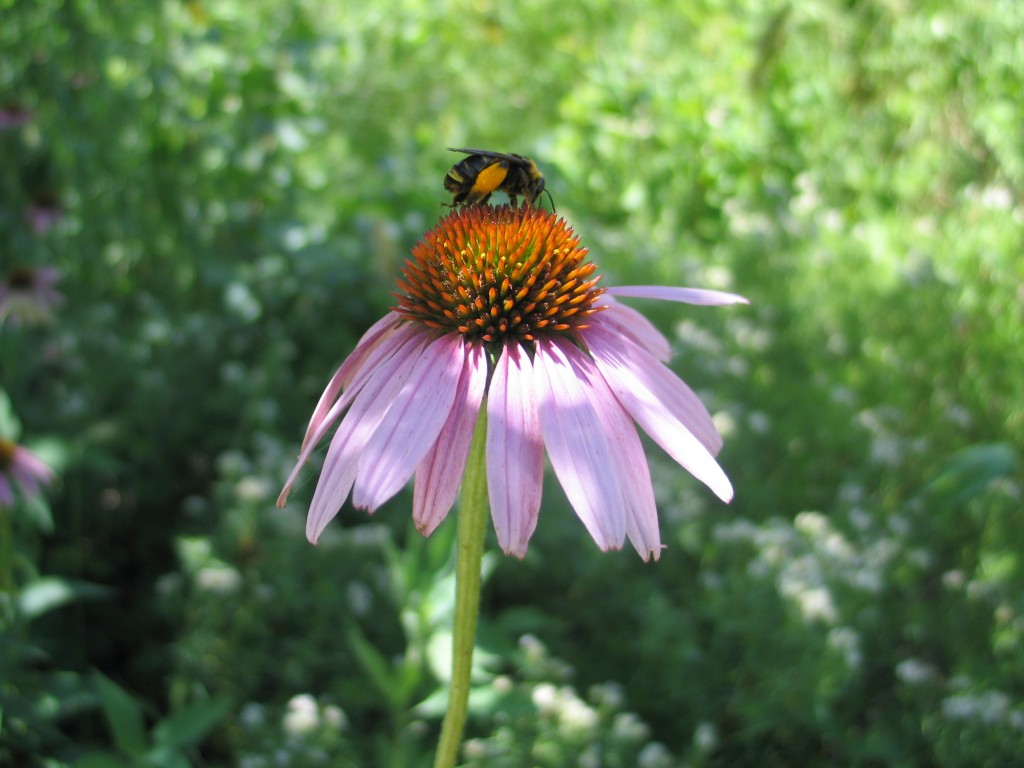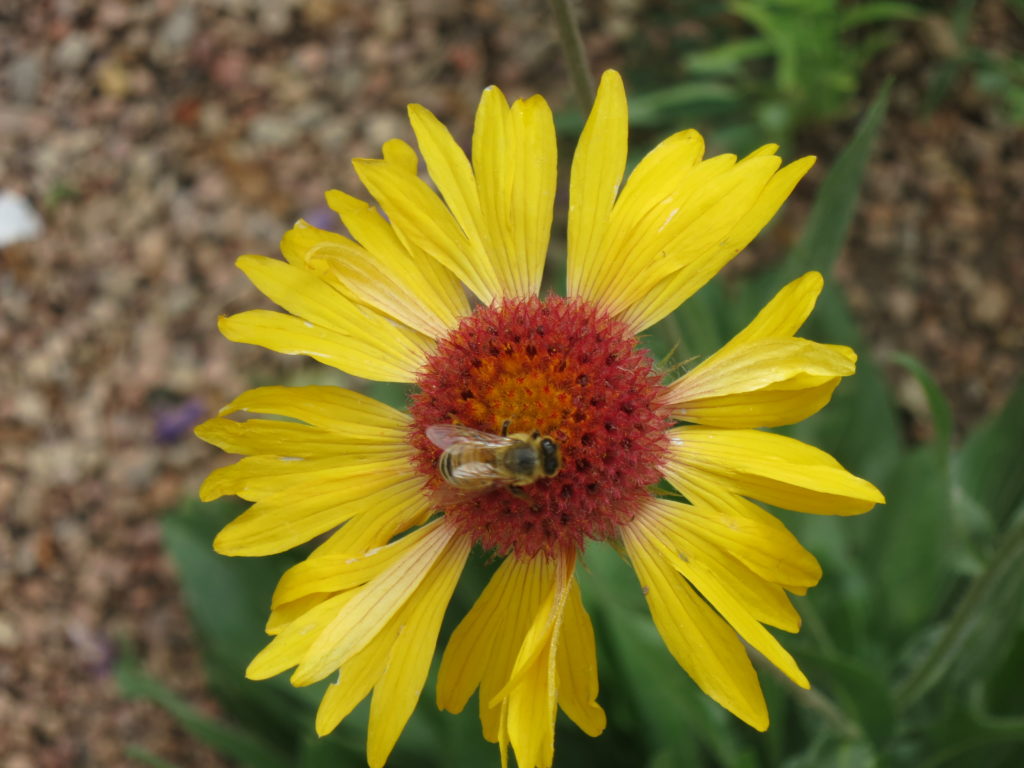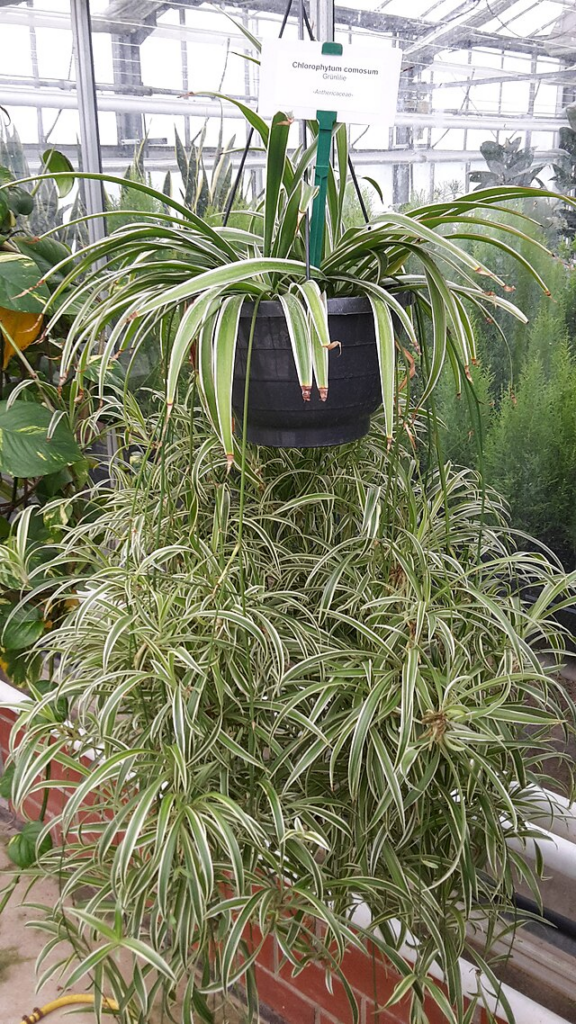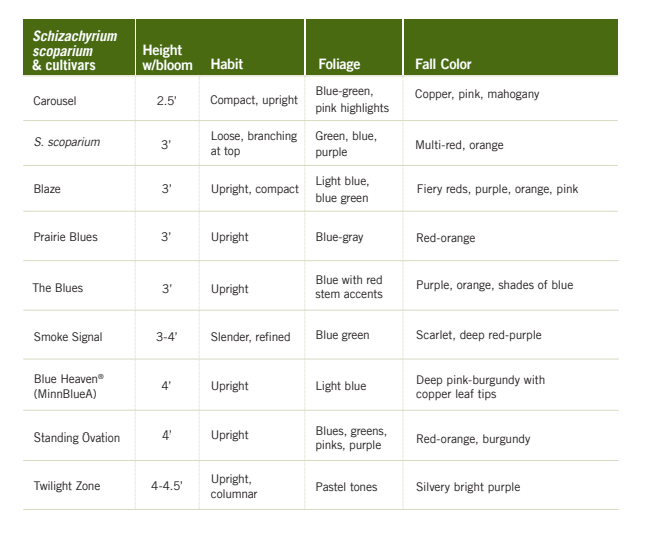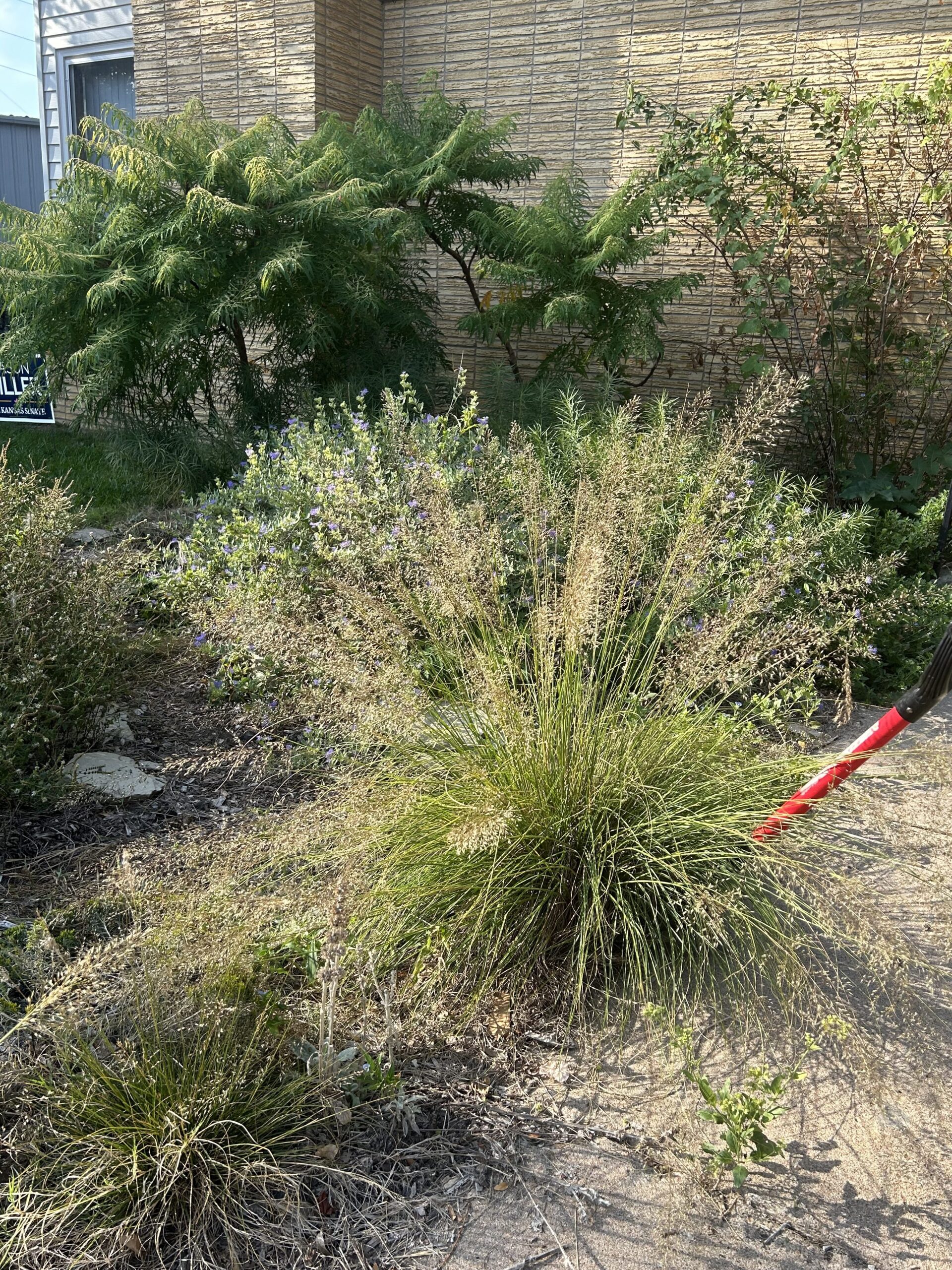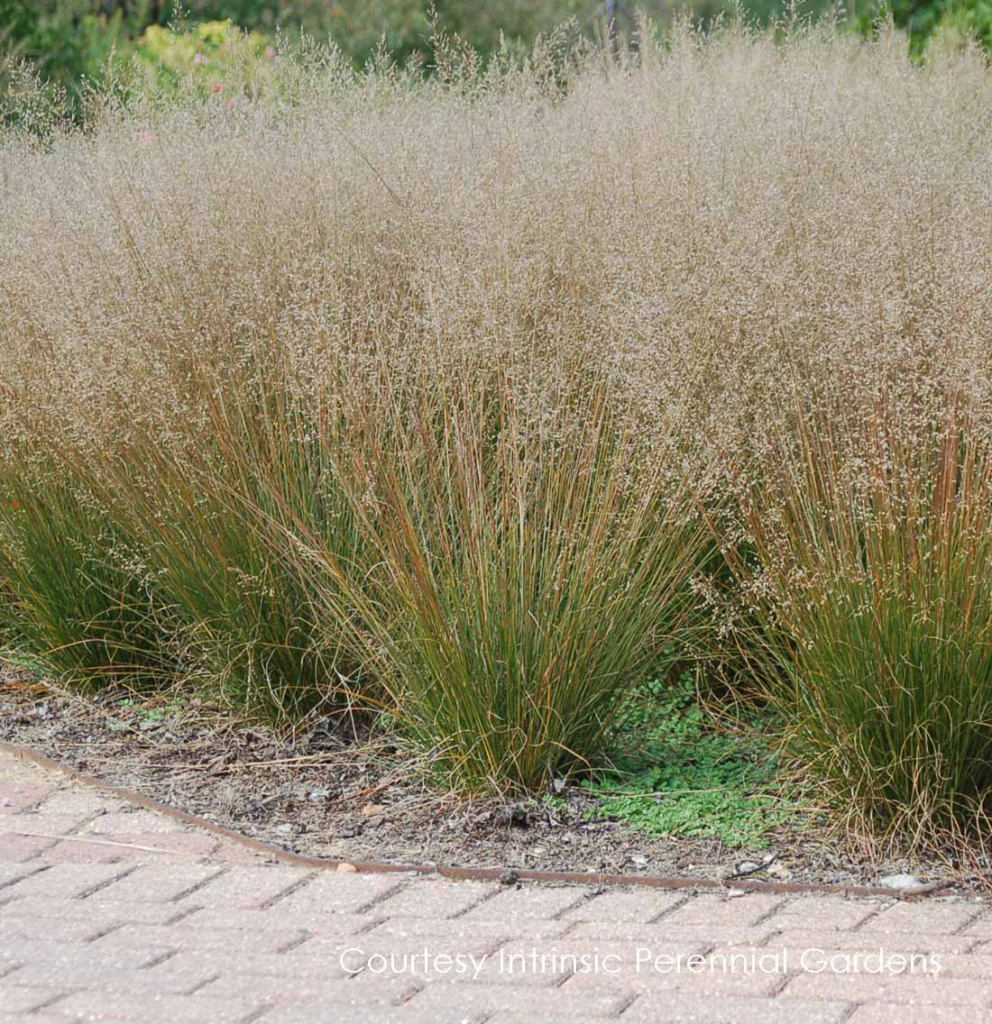It hard to believe that spring is coming as I sit here and await sub-zero temperatures tonight. This extended period of cold weather with ice and snow is hard to embrace but I know “this too shall pass”. Anyway, this cold weather has me hunkered down doing some reading and planning for spring.
While reading a horticulture trade magazine, I came across a short blurb called “The Perfect Mix” by Jennifer White. The gist of the article highlighted a study by Auburn University that observed which wildflowers attract and help pollinators in the southeastern United States. Of all the wildflowers they observed, Butterfly weed (Asclepias tuberosa), Indian blanket flower (Gaillardia pulchella) and Blue vervain (Verbena hastata) attracted 89% of all bee taxa.
The study also found that even obscure wildflowers are important in the lifecycles of many uncommon or “common specialist” native bees. These rare and uncommon native bees need the most help as they struggle to find enough nectar sources for their survival.
From this study the researchers were able to put together a seed mix of wildflowers that is highly attractive to pollinators, particularly bees. Those three wildflowers are important for many native bees, but they only bloom for a short period during the growing season. The takeaway for me from this article was that pollinators need many different wildflowers to complete their lifecycles. You may say, “DUH”, that seems to make sense, but we don’t always think about pollinators along with aesthetics as we are putting together a native habitat garden.
Successful plantings that help pollinators the most have a succession of blooms throughout the year. A good design has a progression of blooms starting in April and continuing through October. As I put together a design, I pay close attention to groupings of wildflowers and when they bloom. I generally don’t put two spring blooming wildflowers groups right next to each other in the design but rather have a spring bloomer next to a summer bloomer next to a fall bloomer with some native grasses incorporated for cover and texture. These overlapping blooms mimic what we find in the prairies.
I work really hard to create a succession of bloom in most of my designs. It can be difficult in smaller designs, but it is so important. By having plants coming into and out of bloom throughout the year, pollinators will keep coming back to your yard to find the sustenance they need for their survival. Grouping the same species of wildflowers together also makes it easier for pollinators to find blooming plants. They just have to buzz from one blooming plant to the next without expending much energy. Pollinators love clusters of blooming plants.
Overlapping bloom periods with a diversity of plants is the key to a successful pollinator garden. I try to map out wildflower bloom times to make sure I have all the months of the growing season covered. Become familiar with the plants in your garden and put together a simple spreadsheet focused specifically on bloom times. This will not only help you create a beautiful garden, but one that attracts bees and other pollinators to your garden all year long. This seems so simple, but it will have a dramatic affect.

